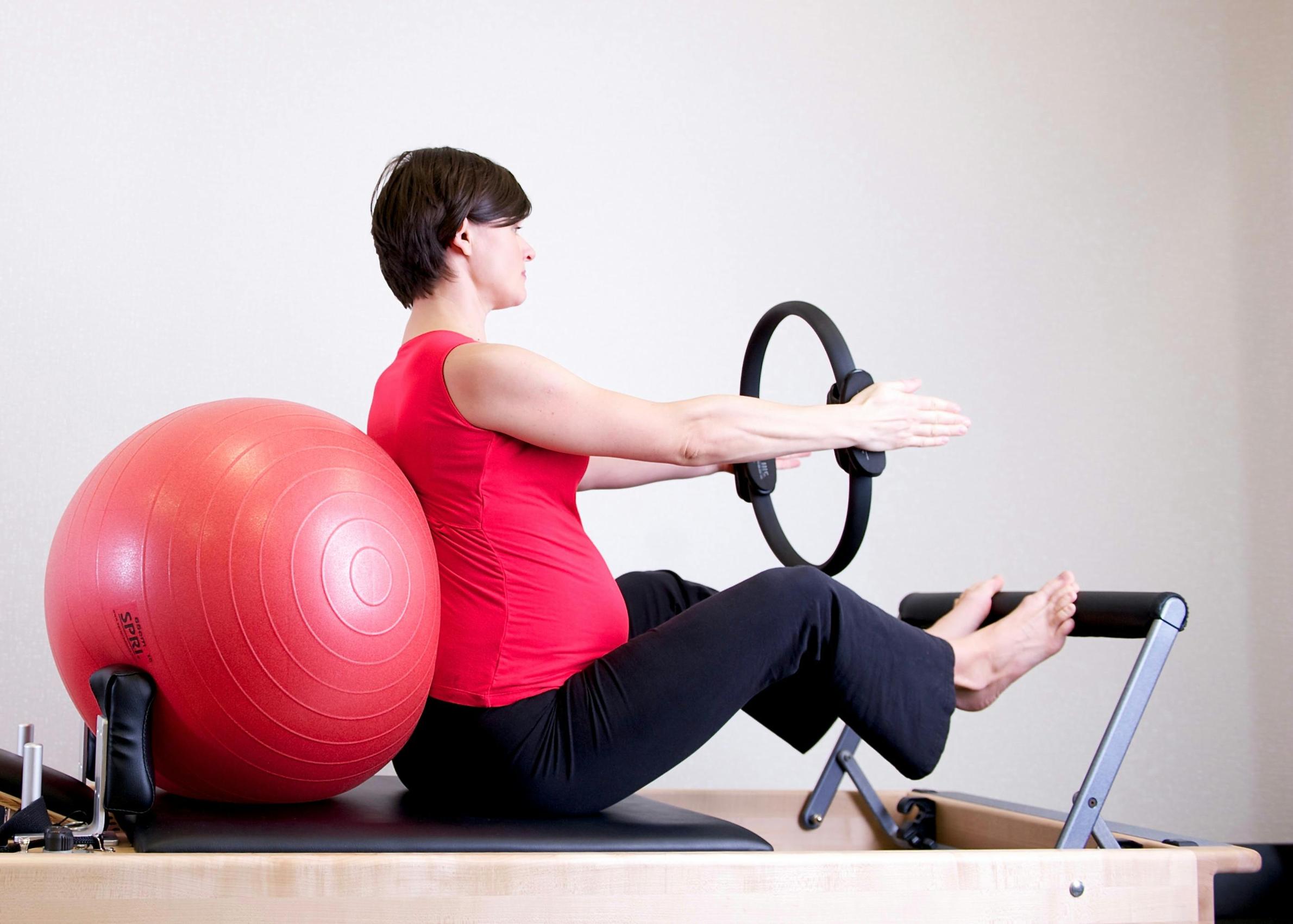How to Balance a Washing Machine Drum
Introduction
Balancing a washing machine drum is critical for optimal washing performance. An imbalanced drum can cause excessive vibrations, noise, and even long-term damage to your washer. Fortunately, by following some straightforward steps, you can balance your washing machine drum and keep your appliance running smoothly. This guide covers the importance, signs of imbalance, common causes, and a step-by-step process to ensure your washing machine remains in top condition.

Importance of a Balanced Washing Machine Drum
A balanced washing machine drum is essential for several reasons. It ensures uniform washing, reduces noise and vibration, and extends the lifespan of your appliance. Moreover, a balanced drum minimizes wear and tear on internal components, leading to fewer repairs and maintenance needs. Ultimately, this helps you save both time and money in the long run.

Signs Your Washing Machine Drum is Imbalanced
Recognizing the signs of an imbalanced washing machine drum can help you address the issue promptly. Here are a few indicators:
- Excessive Vibrations: If your washing machine shakes or moves excessively during operation, the drum may be imbalanced.
- Loud Noises: Unusual banging or clicking sounds often signal an imbalance issue.
- Erratic Spinning: Irregular or uneven spinning indicates the drum is not properly balanced.
- Movement During Wash Cycles: If the machine starts to 'walk' or shift its position, it's a clear sign of imbalance.
Addressing these signs early can prevent more significant issues down the line.
Common Causes of Imbalance
Understanding the root causes of an imbalanced washing machine drum can help you take preventive measures:
- Overloading or Underloading: Uneven distribution of laundry can cause the drum to become unbalanced.
- Worn Out Shock Absorbers: Shock absorbers dampen the vibration of the tub. If they are worn out, an imbalance is likely.
- Improper Leveling: If the washing machine isn't level on the floor, it can cause the drum to become imbalanced.
- Damaged Bearings: Bearings within the drum that have worn out or been damaged can lead to imbalance.
- Faulty Suspension Springs: These springs support the tub and help keep it balanced. If they are broken or weak, an imbalance will occur.
Step-by-Step Guide to Balance Your Washing Machine Drum
Preparation
Before starting, gather the necessary tools, including a spirit level, adjustable wrench, and a piece of wood. Ensure the washing machine is empty, unplugged from the electrical socket, and away from the wall for easy access.
Leveling the Machine
- Place the Spirit Level: Position a spirit level on top of your washing machine. Check if it shows a level reading both front-to-back and side-to-side.
- Adjust the Feet: If your washing machine is not level, adjust the feet. Most machines have adjustable feet that can be screwed in or out to alter the height.
- Verify with Spirit Level: After each adjustment, check the levelness again with the spirit level. Repeat the process until the machine is perfectly level.
Inspecting and Adjusting Components Inside the Drum
Once you've ensured the washing machine is level on the floor, proceed to check the internal components:
- Remove Top or Back Panel: Using a screwdriver, remove the top or back panel of the washing machine to access internal components.
- Inspect the Suspension Springs: Check if any suspension springs are broken or out of place. Replace or reattach as needed.
- Check Shock Absorbers: Inspect the shock absorbers for wear and tear. Worn-out shock absorbers need replacement.
- Examine the Bearings: Spin the drum by hand to see if you hear any grinding noise or if there is noticeable play. Replace bearings if necessary.
- Distribute Load Evenly: Make sure to distribute clothes evenly around the drum when you load the machine. Avoid overloading or underloading.
Testing the Balance
- Run a Test Cycle: Once adjustments are made, run a test cycle with an empty drum.
- Monitor for Issues: Observe the washing machine during the test cycle. Note any vibrations, noises, or movement.
- Immediate Adjustment: If issues are noticed, stop the machine and repeat the earlier steps.
Making Final Adjustments
After identifying and making necessary adjustments, ensure the machine is stable and quiet during operation. A final check with the spirit level will confirm the adjustments' accuracy.
Preventative Measures
Prevent future imbalances by incorporating these measures into your routine:
- Even Distribution: Always distribute laundry evenly inside the drum.
- Regular Checks: Inspect and adjust the machine's level periodically, especially after moving it.
- Routine Maintenance: Regularly check internal components like shock absorbers and suspension springs for any wear or damage.

Conclusion
Balancing a washing machine drum not only improves your appliance's performance but also extends its life. By following these steps and incorporating preventative measures, you can ensure a steady and efficient washing experience.
Frequently Asked Questions
How often should I check the balance of my washing machine drum?
Check the balance of your washing machine drum every few months, especially if you've noticed unusual vibrations or noises, or if the machine has been moved recently.
What can happen if I don't balance my washing machine drum?
If you don't balance your washing machine drum, it can lead to excessive vibrations, loud noises, and potential damage to internal components, resulting in costly repairs.
Is it better to call a professional to balance the washing machine drum?
While most balancing tasks can be done yourself, it's advisable to call a professional if you are unfamiliar with the components or suspect significant internal damage.



